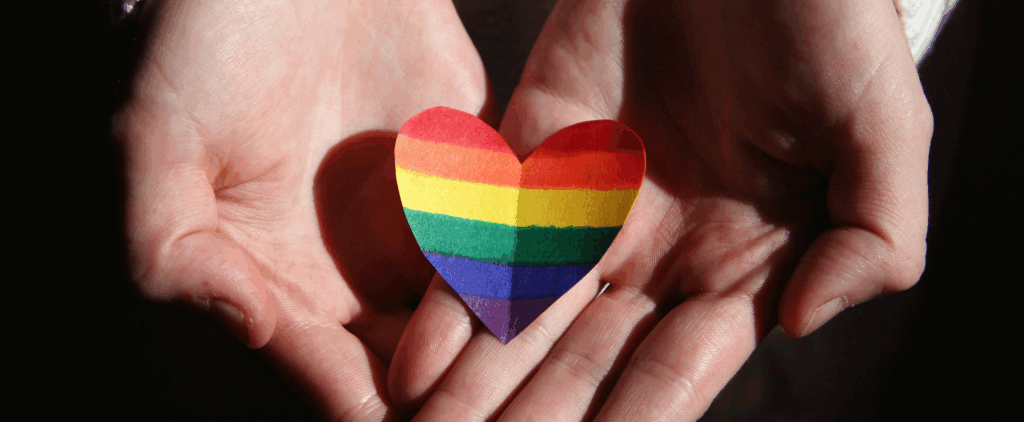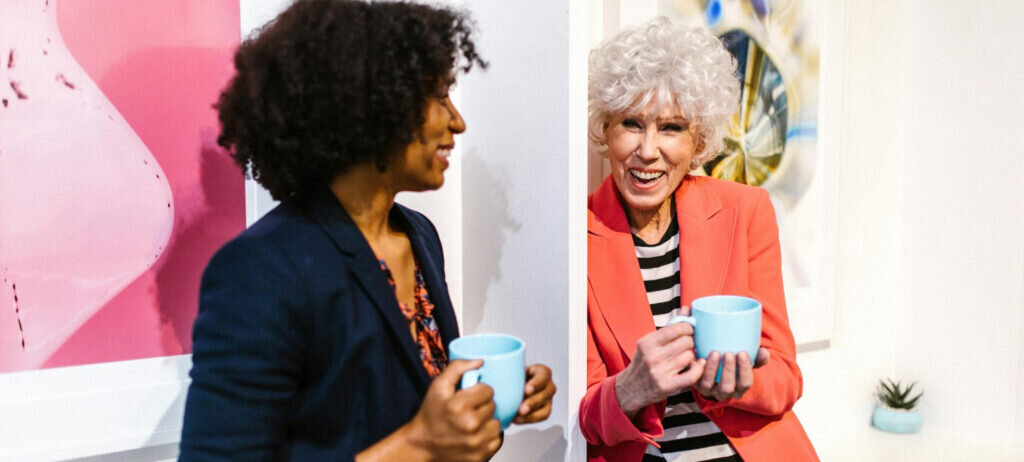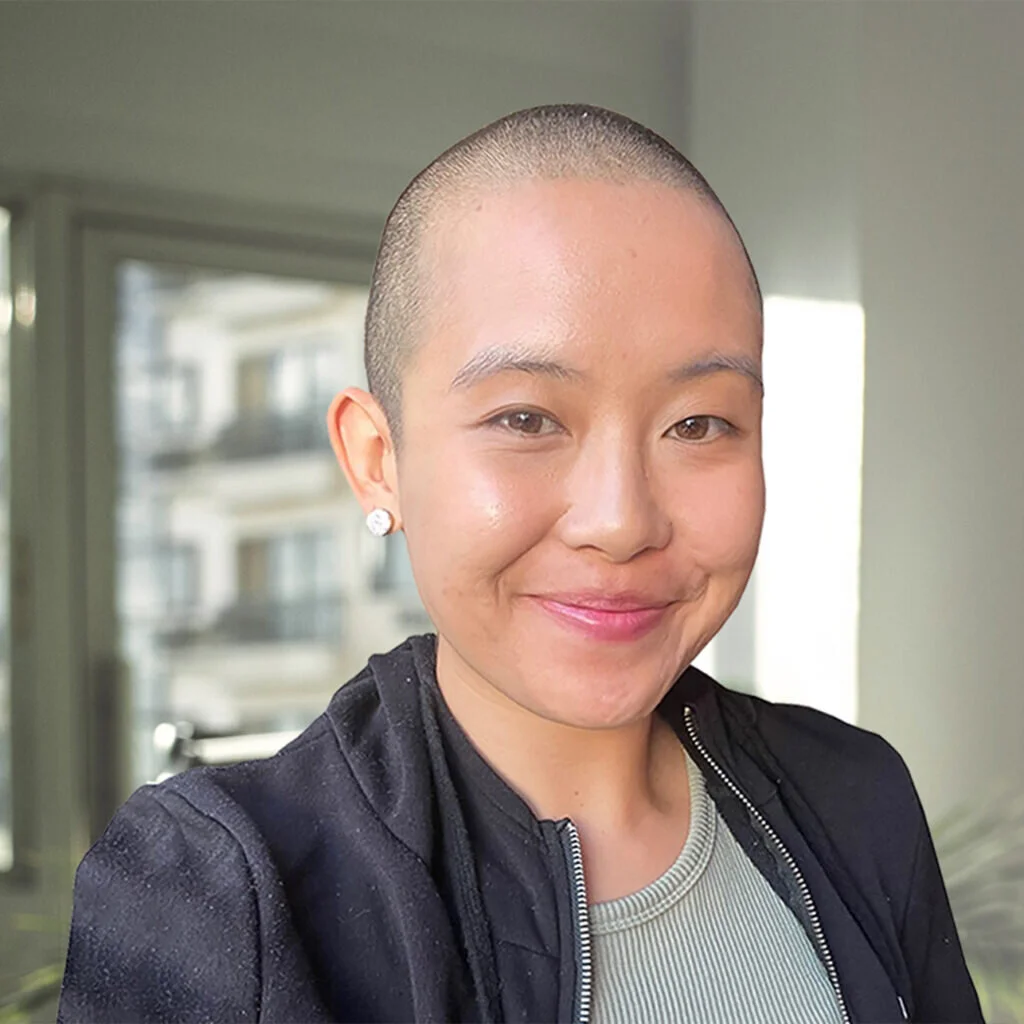Matthew Easterwood on Queering Your Culture of Philanthropy
Throughout his career as a queer nonprofit professional, Matthew Easterwood has searched for intentional conversations about engaging the LGBTQIA+ community to expand fundraising programs and grow culture. Here’s what he’s learned.

In service of this mission to uplift the queer community in the world of philanthropy, Matthew Easterwood (he/they) has led sector-wide dialogue and recently founded Queer for Hire, an organization dedicated to serving nonprofits and LGBTQIA+ professionals by harnessing authenticity, uniting diverse people and maximizing the abundance of philanthropy on all levels. In this interview, Matthew explores how nonprofits can effectively embrace queer-inclusive practices in their Culture of Philanthropy.
What does “Queering Your Culture of Philanthropy” mean to you? Why is this important?
When we as nonprofits approach making a culture of philanthropy queer, we are opening up our fundraising program to be inclusive to:
- LGBTQIA+ people, especially donors, who contribute dollars
- Staff who contribute time and energy in carrying out organizational programming
- Volunteers and ambassadors who contribute their voices to amplify the organization’s message
Like many of us, LGBTQIA+ or queer people are more inclined to donate when they see themselves or their greater community reflected in the mission they are being asked to support. Our community has a history of supporting its own, and those trends have not gone away. The LGBTQIA+ community is a community of communities. When your culture of philanthropy addresses the multiplicity within that, the stars are the limit.
Internally, what should organizations have in place when embarking on a journey to queer their culture of philanthropy?
Queer board members. Queer staff members. Queer advisors. It’s one thing to say “Hey, we support Gay People! Happy Pride!” during the month of June, and June only. It’s another to walk the talk and think about the full humanity of the individuals you are connected to. For example, you can engage a board member who is a part of the LGBTQIA+ community who can uplift their networks of queer connections to be involved in your organization for the long term.
By the same hand, it’s important to be cautious of perpetuating tokenism – LGBTQIA+ people are not tokens to be used for the appearance of queer inclusions, or asked for support when it suits the needs of the organization in the season of Pride. How are you looping these individuals into the organization at large? How are you addressing their intersectional perspectives and skills?
Another thing I’d ask is: How inclusive are your policies and procedures? Are your onboarding procedures aware of people with gender-expansive identities? Does your work culture policy make space for a range of gender expressions? Does your organization’s healthcare policy address gender-affirming healthcare?
Examine the metrics around recruiting and retaining staff. What are your metrics for determining if your job postings are reaching queer people? Does your LGBTQIA+ staff stick around, or is there a high turnover rate? What is the ratio of queer-identifying employees in leadership positions?

Recent studies show strong LGBTQIA+ representation across the nonprofit sector: about 9% of CEOs and 15% of overall staff. Nearly 2% of overall staff and roughly 1% of senior staff, CEOs, and board members identify as transgender. In addition, 1% of overall staff and 1% of CEOs identify as nonbinary. [Candid]
How can these organizations effectively dismantle these biases within their own cultures?
It has to start within each person, and, I would say, especially executives and leaders of a nonprofit. LGBTQIA+ people will support and follow causes that genuinely care about them and their community. Seek collaborations with organizations and groups from the LGBTQIA+ community. Pay for LGBTQIA+ cultural competency trainings for your entire staff. This continuous learning doesn’t end for anyone and requires a sustained combination of critical thinking, self-awareness and commitment.
In your experience, what are some common misconceptions or stereotypes about queer communities that nonprofit organizations should be aware of?
There is not one trick to engage them in fundraising. As I mentioned before, the queer community is a community of communities, and that comes with its own set of complications. As a queer person, I am still learning about my greater community. If you know one queer person…you know one queer person.
Another damaging misconception is that all queer people are “double-income-no-kids” households. Our community has fought hard for the rights we have today for child adoption and sexual reproductive health. Though there are still battles to be won before we have full equity, it would be unjust to assume every LGBTQIA+ person does not want or have children. We can all expand our definitions of what a family looks like. Let’s have genuine conversations with LGBTQIA+ donors and supporters about how their family structure works and what is unique to them. There is little more important than one’s chosen family, especially in the queer community and, if your intentions are authentic, your organization could be a big part of that chosen family (and legacy!).

Between 2 million and 3.7 million children under age 18 have an LGBTQ parent. Approximately 191,000 children are being raised by two same-sex parents. Overall, it is estimated that 29% of LGBTQ adults are raising a child who is under 18. [Family Equality]
Externally, what should organizations have in place when embarking on a journey to queer their culture of philanthropy?
Data! You must be prepared to present equity-centric data on how your mission directly impacts the LGBTQIA+ community. Our community has endured attacks on our gender identities and sexual orientations, and when we look to support a cause, we need to know that it uplifts our community in some way. How many queer people are you serving? Do you create programs just for queer participants? What intentions has your organization committed to that demonstrates an authentic desire to engage?
Advocacy! Publicly showing support for both local and national LGBTQIA+ issues is major boots! This form of allyship – especially in the face of inevitable controversy – is one of the most effective methods of earning the trust of the LGBTQIA+ community. This shows the nonprofit is on the front lines (or close to it) with LGBTQIA+ folks who live the fight for equal rights each and every day.
Collaboration and partnerships! Work with local LGBTQIA+ community organizations. Create mutual partnerships. Host Pride events outside the month of June to send the message that there is no wrong time to celebrate queer people. Be intentional with non-queer partnerships: Do they align with your values? Not only can it be harmful to the impact of your mission, working with blatantly or aggressively anti-LGBTQIA+ organizations or groups is an instant turnoff for community engagement, especially with younger generations.
What are some key indicators that an organization has successfully queered its culture of philanthropy?
Your galas and big fundraising events are being planned by queer people. This shows that queer people are trusted with major programming and development projects. Not only does this allow individuals leadership opportunities, but those queer folks can also involve their queer friends in this great event they are planning, so your donor constituency will, by default, begin to fill itself up with queer people.
I think the big key indicator is something we will never be able to measure, and that’s the fact that you won’t know who all the queer people are in your culture of philanthropy. That’s the goal, isn’t it? To reach a point where we are so inclusive that we don’t even have to talk about sexual orientation or gender identity unless someone chooses to tell us about it. That being said, you will know who some of your queer board and staff members are because some of us just can’t help but show off our queerness!
What challenges or resistance might nonprofits face in this journey? How can they overcome these obstacles?
Normalize discomfort. Our identities are often misconstrued as being purely “sexual” which is not true. The LGBTQIA+ acronym refers beyond just sexual orientation: Gender identity is a vast and critical aspect of queerness too. A lot of anti-LGBTQIA+ rhetoric is based on this misconception and is often weaponized against us. These conversations are critical to have, especially when it is uncomfortable.
When these dialogues occur, it’s so important to talk about why the LGBTQIA+ community needs support. Many of the experienced inequities are based solely on gender identity and sexual orientation–so support is needed in many forms to receive the same privileges naturally earned by our heterosexual peers. And that support must address the diverse intersections of a person’s identity: Their religion, ethnicity, race, nationality, economic status, ability. LGBTQIA+ people aren’t the only ones in need – everyone needs help. Queering your culture of philanthropy is about normalizing access to support and authenticity for everyone–to the point where you’re not even thinking about it because it’s an embedded part of the process. And when you can achieve that, your fundraising program will be booming with queer generosity, honey!
 Matthew Easterwood (he/they) is the Founder & CEO of Queer for Hire, a consultancy whose focus is to help queer nonprofits grow their fundraising programs and provide coaching to queer professionals in achieving career success. Matthew is a Chartered Advisor in Philanthropy and Certified Fund-Raising Executive and draws from 11 years in nonprofit management and seven years as a professional fundraiser, five of which have been focused on LGBTQIA+ community work. Matthew is currently at the National LGBTQI+ Cancer Network serving as their first Director of Development.
Matthew Easterwood (he/they) is the Founder & CEO of Queer for Hire, a consultancy whose focus is to help queer nonprofits grow their fundraising programs and provide coaching to queer professionals in achieving career success. Matthew is a Chartered Advisor in Philanthropy and Certified Fund-Raising Executive and draws from 11 years in nonprofit management and seven years as a professional fundraiser, five of which have been focused on LGBTQIA+ community work. Matthew is currently at the National LGBTQI+ Cancer Network serving as their first Director of Development.


